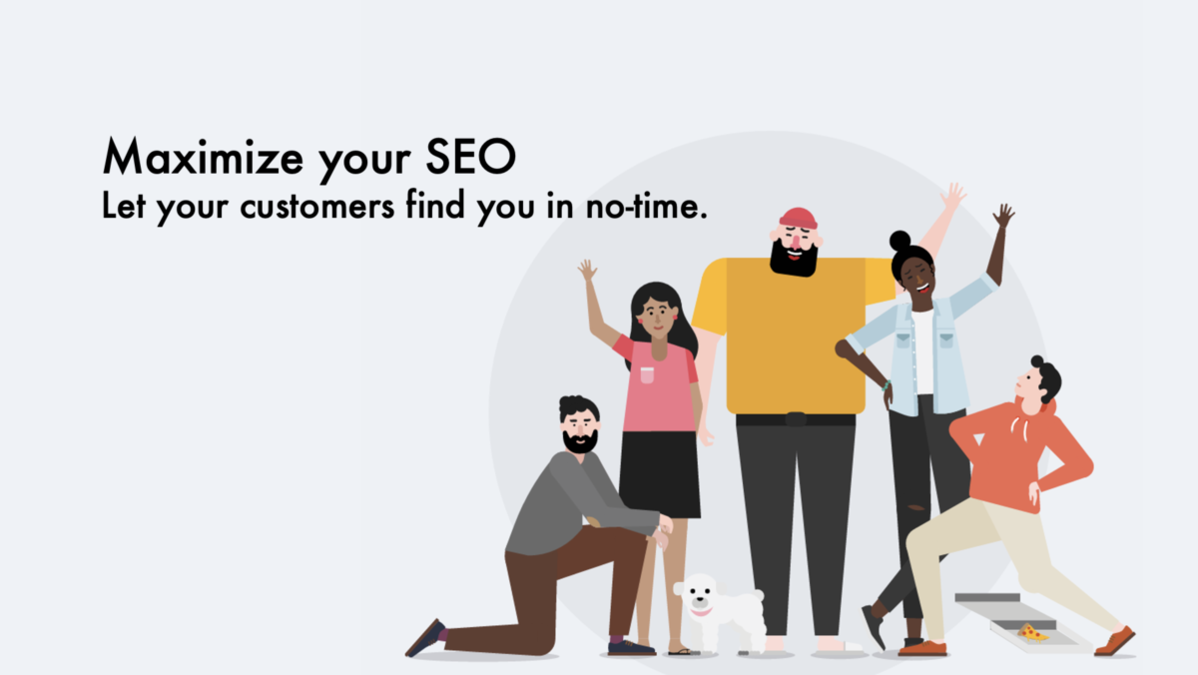blog»SEO»Maximizing Your SEO Strategy with Ptengine: Tips and Tricks

Maximizing Your SEO Strategy with Ptengine: Tips and Tricks
2023/04/13
You can read this article in about 10 minutes
In the world of online marketing, Search Engine Optimization (SEO) plays a crucial role in driving traffic to your website and increasing your visibility on search engines. With the constantly evolving algorithms and ranking factors, it can be challenging to keep up with the latest best practices for SEO. That’s where Ptengine comes in – a powerful tool that can help you optimize your website’s performance and improve your SEO strategy.
In this article, we’ll explore how Ptengine can help with SEO strategy and provide practical tips for improving SEO using the tool.
How Ptengine can help with SEO strategy
Ptengine provides valuable insights into user behavior and website performance that can help you make informed decisions about your SEO strategy. By analyzing Ptengine data, you can identify high-performing pages and keywords, optimize content and user experience, and improve site speed and technical performance.
Here are some ways Ptengine can help with your SEO strategy:
- Understanding user behavior: Ptengine tracks user behavior on your website, including clicks, scroll depth, and heat maps, which can help you identify areas of your website that need improvement. For example, you may find that users are not scrolling beyond the first fold of your homepage, indicating that you need to restructure your content or call-to-action (CTA) placement.
- Keyword tracking: Ptengine allows you to track keywords, which can help you identify high-potential keywords and optimize your content accordingly. By analyzing the search intent behind each keyword, you can tailor your content to match user needs and preferences.
- Site speed and visitors information: Ptengine provides detailed insights into your website’s speed and technical performance, including page loading times, browser and device details. By identifying and fixing technical issues, you can improve your website’s user experience and SEO ranking.
Practical tips and tricks for SEO using Ptengine
Now that we’ve discussed how Ptengine can help with your SEO strategy, let’s dive into some practical tips for using the tool to improve your SEO performance:
- Analyze user behavior to optimize content: Use Ptengine’s user behavior tracking features to analyze which pages and sections of your website receive the most engagement. Identify which CTAs are driving the most conversions, and optimize content to encourage more user engagement and lead generation.
- Use keyword tracking to identify high-potential keywords: By tracking keywords with Ptengine, you can identify high-potential keywords that have a high search volume and low competition. Optimize your content and web pages with these keywords to improve your search ranking.
- Monitor backlinks and identify link building opportunities: Ptengine can help you track backlinks to your website and identify potential opportunities for link building. By securing quality backlinks from reputable websites, you can improve your domain authority and SEO ranking.
- Analyze competitor performance: Use Ptengine to analyze your competitors’ SEO performance, including their top-performing keywords and backlinks. Identify gaps in your own SEO strategy and develop a plan to improve your website’s ranking.
- Continually monitor and adjust your SEO strategy: SEO is an ongoing process, and Ptengine can help you stay on top of changes in user behavior and search engine algorithms. Continually monitor your website’s performance using Ptengine data and adjust your SEO strategy accordingly.
- Ptengine helps with tracking landing pages and conducting specific content tests to improve SEO performance. By analyzing visitor behavior on each landing page, Ptengine can identify which pages are performing well and which ones are not.
- It can also track the performance of individual content elements, such as headlines, images, and calls-to-action, to see which variations are driving the most engagement and conversions.
With this information, you can make data-driven decisions about which content elements to optimize and which ones to remove or replace. For example, if you find that a particular headline is not resonating with your target audience, you can test different variations to see which one generates the most clicks and conversions. This type of A/B testing can help you fine-tune your content strategy and improve your SEO performance over time.
Ptengine also provides detailed analytics reports that show how each landing page is performing in terms of traffic, engagement, and conversions. This allows you to quickly identify any issues or opportunities for improvement and make necessary adjustments to your SEO strategy. With Ptengine, you can track the performance of your landing pages and content tests in real-time, so you can stay on top of your SEO game and achieve better results for your business.
Conclusion
Ptengine is a powerful tool that can help you optimize your SEO strategy in a number of ways. By providing insights into visitor behavior and engagement, as well as detailed analytics reports and A/B testing capabilities, Ptengine can help you make data-driven decisions about how to improve your website’s search engine rankings and increase conversions.
With Ptengine, you can track important SEO metrics like bounce rate, exit rate, and time on page, as well as monitor the performance of individual landing pages and content elements. Additionally, Ptengine’s A/B testing capabilities allow you to test and refine your content strategy over time, making incremental improvements that can have a significant impact on your SEO performance.
Finally, Ptengine’s ability to track user behavior and engagement can help you identify areas where your website may be falling short and make targeted improvements to improve the user experience. By leveraging the power of Ptengine to optimize your SEO strategy, you can achieve better results for your business and drive more traffic, engagement, and conversions.